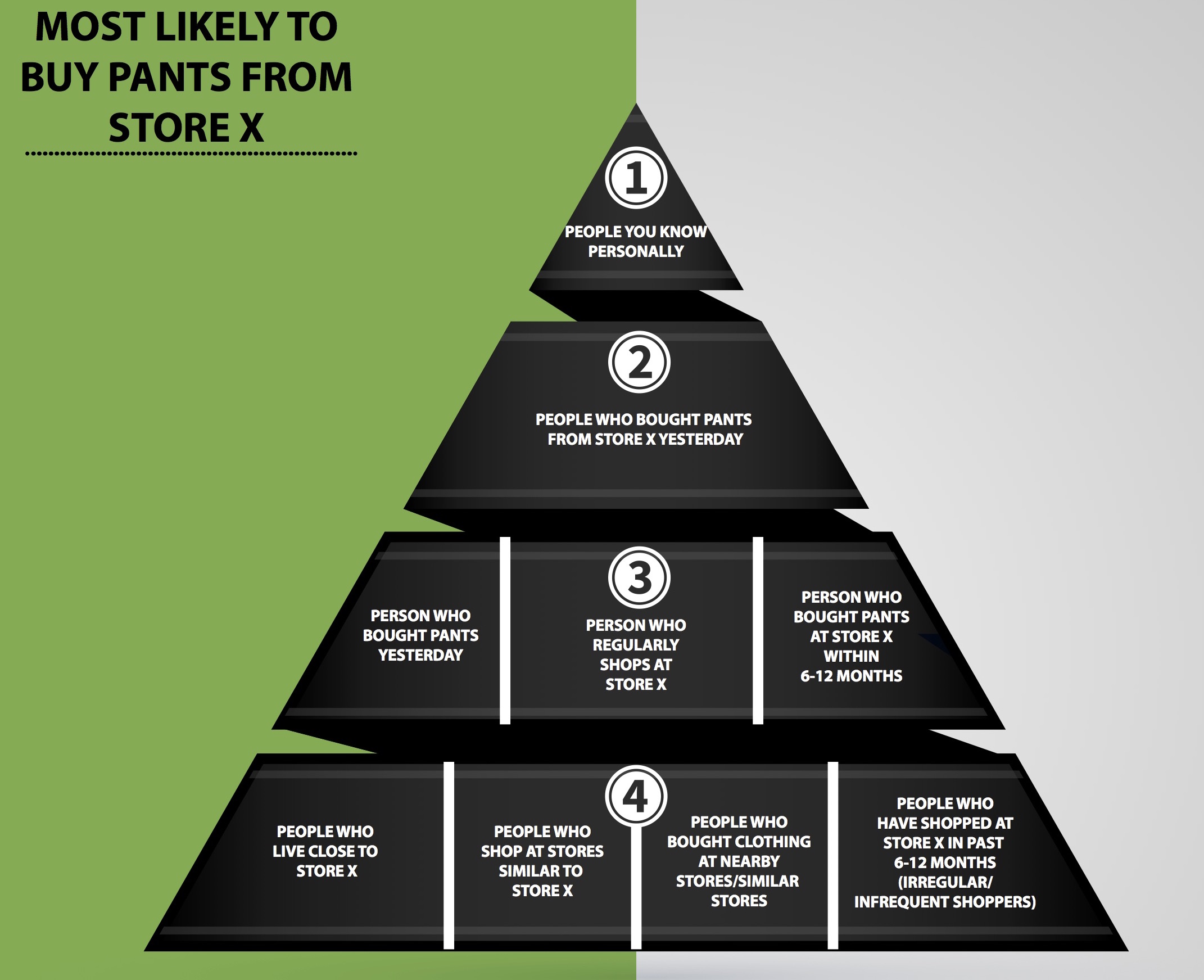Building an effective donor list
/When it comes to mounting a successful fundraising campaign, it’s not about what you write, but who you’re writing to.
DENNIS HOFFMAN, CEO
ENGAGE USA
A thriving and long-running fundraising campaign begins with a great donor list. After all, the most inspiring and well-written letter sent to the wrong donors will fall on deaf ears.
How do you identify the best potential donors for your cause?
The first names on your donor list should come from your Rolodex. These can include friends, family members, and business contacts -- anyone who knows you personally and knows your passion for your cause. These donors are the most likely to contribute -- regardless of your cause -- because they will want to support YOU. Think about it: you may have a lot of success selling Girl Scout cookies door-to-door, but you can always rely on Mom and Dad to buy six boxes of Thin Mints (even if they’re watching their figures).
After you’ve exhausted your personal contact list, it’s time to think about which donors are the most likely to support your non-profit. You’re looking for people who have a direct interest in the cause your organization is supporting.
Let’s say your group is a charitable organization supporting orphaned children.
As a donor myself with three adopted children, I’m the ideal candidate for your non-profit’s donor list. I have direct experience with adoptions and I’ve already contributed to children’s charities. After your personal contacts, I’m the most likely to identify with and support your cause.
But a donor doesn’t have to have an adopted child to have a direct tie to your cause. Grown-up adoptees, the children of adoptees, and perhaps most importantly, those who have already given to orphans’ causes before are excellent candidates for your donor list. These donors have either a direct interest in adoption-related causes or have already demonstrated a willingness to contribute to causes like yours.
When you’re identifying the key factors that would motivate a donor to give to your charity, it might be helpful to make a diagram.
But let’s switch it up a little. Let’s pretend our job is to sell pants, and we want to send a sales flyer to those most likely to purchase pants from our store.
At the top of the list are your personal contacts and people who have already purchased that exact item from your store very recently.
After that, your next best bets are those who have a current interest in that item, those who have a current interest in your store, and those who have purchased pants from your store in the past. In thinking about your cause, these are like the potential donors who have given to your organization in the past.
Level four shows the largest pool of potential shoppers -- these people may live near your store, shop at stores similar to yours, or have purchased similar items recently. It may also include those who infrequently visit your store. Think of this like potential donors who have given to causes like yours or live in the area your charity is targeting. Maybe this potential donor works in an industry tied to your organization (for example, an ESOL teacher may have more of an interest in supporting a group that serves the immigrant community).
Though some of these links aren’t as strong as others, your goal is to identify potential donors with as many links to your cause as possible.
The more links, the better!



